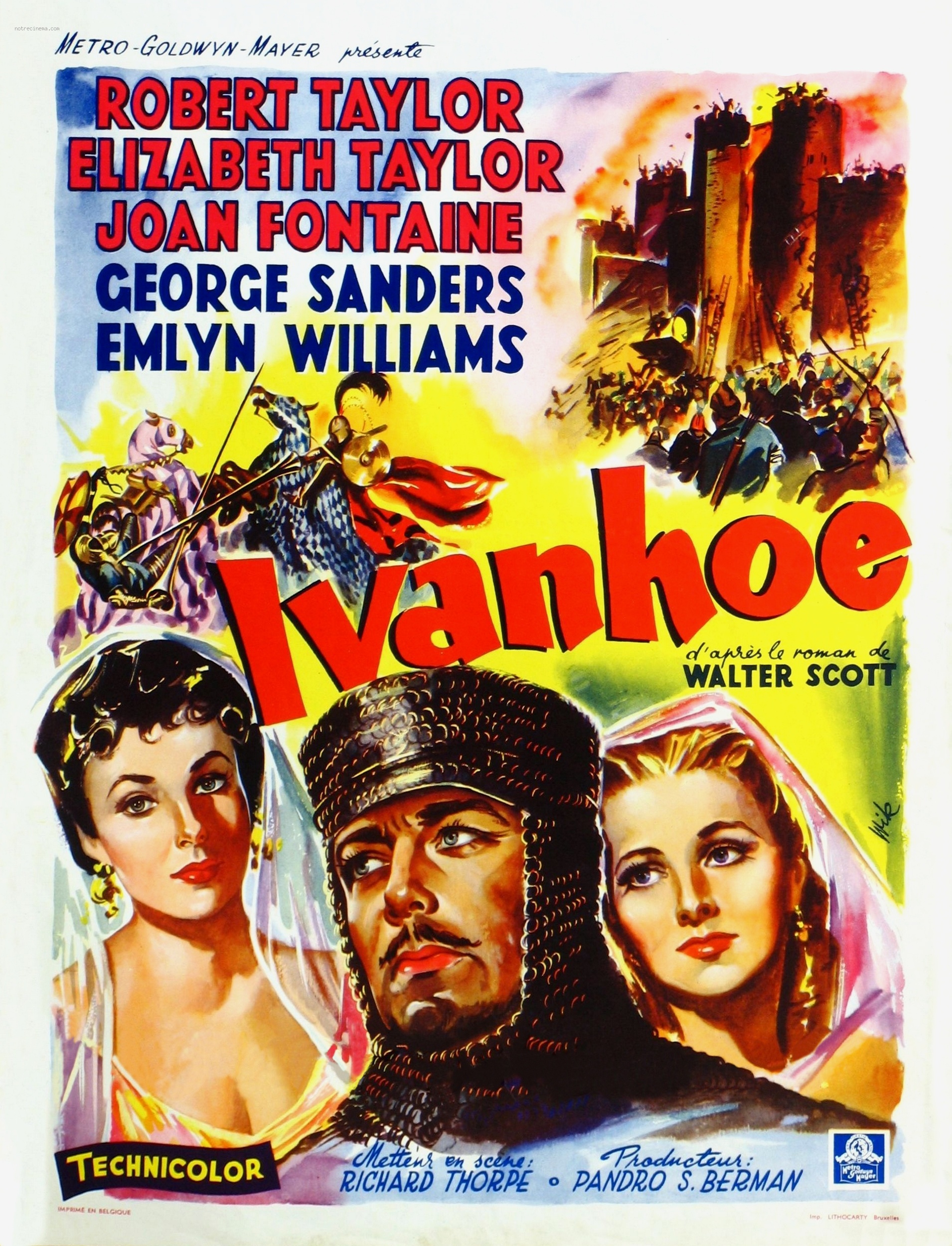 |
Craig White's Literature Courses Historical Fiction or the Historical Novel a.k.a. Historical Romance |
 |
Settings, background characters, and events from recorded history
+
fictional characters
= "historical romance," historical fiction, or the historical novel.
The historical novel or romance developed and grew popular during the Romantic era of the late 1700s-1800s when modern nation-states became the defining political units in Western Europe and North (& South) America.
The rise of national identity led people to begin thinking of themselves first and foremost as citizens of nations rather than of local organizations like cities or regions, or larger identities like the Catholic Church or this or that Empire.
The historical novel helped a widely distributed readership share events and language that established and affirmed their identity as fellow citizens with a distinct national character.
Stylistic formula for Historical Fiction:
![]() Settings
in the past
Settings
in the past
![]() Author
writes from research rather than direct experience.
Author
writes from research rather than direct experience.
![]() Depicts
manners, speech, behavior associated with time-period.
Depicts
manners, speech, behavior associated with time-period.
![]() Central
characters, esp. love-interests are fictional (or
composites developed from typical historical figures of period)
Central
characters, esp. love-interests are fictional (or
composites developed from typical historical figures of period)
![]() Background
characters may be historical.
Background
characters may be historical.
![]() A few
characters may bridge this division—fictional
characters may appear or interact with historical figures, or historical figures
may appear almost like fictional characters, e. g. Cardinal Richelieu in The
Three Musketeers or General Montcalm in
The Last of the Mohicans.
A few
characters may bridge this division—fictional
characters may appear or interact with historical figures, or historical figures
may appear almost like fictional characters, e. g. Cardinal Richelieu in The
Three Musketeers or General Montcalm in
The Last of the Mohicans.
Examples of Historical Novel in the Romantic era (+ later 19c):
Walter Scott (1771-1832), Waverley (1814), Ivanhoe (1819), Quentin Durward (1823)
James Fenimore Cooper (1789-1852), The Spy (1821), The Pioneers (1823), The Last of the Mohicans (1826), The Prairie (1827)
Alexandre Dumas (1802-70), The Three Musketeers (1844), Twenty Years After (1845) The Man in the Iron Mask (1847), The Count of Monte Cristo (1845-6)
Nathaniel Hawthorne (1804-64), The Scarlet Letter (1850)
Charles Dickens (1812-1870), A Tale of Two Cities (1859)
Leo Tolstoy (1828-1910), War and Peace (1869)
20th Century examples (& later):
Margaret Mitchell (1900-49), Gone with the Wind (1936)
William Faulkner (1897-1962), Absalom, Absalom! (1936)
James Michener (1907-97), Hawaii (1959), Texas (1985)
Dan Brown, The Da Vinci Code (2003) ?
Popular films:
Saving Private Ryan
Lincoln
Dances with Wolves
JFK
Other media:
Shakespeare's "History Plays," e. g. Henry V
graphic novels
epic poetry like The Iliad
Appeals of historical fiction:
![]() interests
and informs audiences who don't otherwise read history
interests
and informs audiences who don't otherwise read history
![]() romanticizes
and personalizes history beyond dirt, blood, struggle,
death to youth, love, deliverance, transcendence
romanticizes
and personalizes history beyond dirt, blood, struggle,
death to youth, love, deliverance, transcendence
![]() provides
fiction with reality effect, substance, prestige, & glamor of actual events
provides
fiction with reality effect, substance, prestige, & glamor of actual events
![]() history and
fiction not two absolutely different realms but related forms of writing or
storytelling?
history and
fiction not two absolutely different realms but related forms of writing or
storytelling?
![]()
Added notes for American Romanticism:
We study "American literature" as a separate tradition, but this separation would not have seemed normal for most of the 19th century.
Instead, British and American literature were all just "English literature" to be read on both sides of the Atlantic, more or less.
Americans avidly read many British writers including still-popular authors like Charles Dickens and Charlotte Bronte (among many others less well-known today).
British readers enjoyed James Fenimore Cooper's Leatherstocking Tales (also popular in France and Germany), Harriet Beecher Stowe's Uncle Tom's Cabin, later 19th-century American authors like Mark Twain and Henry James.
Therefore early American literature, typically concentrated on the USA's eastern coast, is increasingly read within a broader context called Trans-Atlantic Studies.
Within historical fiction of the Romantic era, a familiar Trans-Atlantic pairing of British and American authors is Walter Scott (1771-1832) and James Fenimore Cooper (1789-1951).
The elder Scott's fame as a historical novelist preceded that of Cooper, so that Cooper became known as "the American Scott."
Resemblances and differences:
Both pioneered the development of Romantic historical fiction in their respective countries.
Scott wrote "border romances" especially concerning the border between England and Scott's native Scotland.
Cooper wrote border romances concerning the borders between westward European settlement and Indian territories.
Both authors' novels were very popular and influential. The traditions of British and American fiction are impossible to imagine without them.
For today's readers, however, both these authors' novels seem painfully distended, archaic in style and characterizations especially of other ethnic groups, and uneven in quality—yet each can write memorable scenes of luminous and affecting power, particularly large-scale action scenes, and their texts overflow with historical attitudes and ideologies for criticism to analyze.
Both writers were seen as essential figures for earlier generations of literary studies, but now they are increasingly "written out" of the curriculum and must-read lists, partly because they are difficult to anthologize, but also because their gender and ethnic stylings often seem archaic..
|
|
|
Mohicans 1.7 George Washington
![]()

